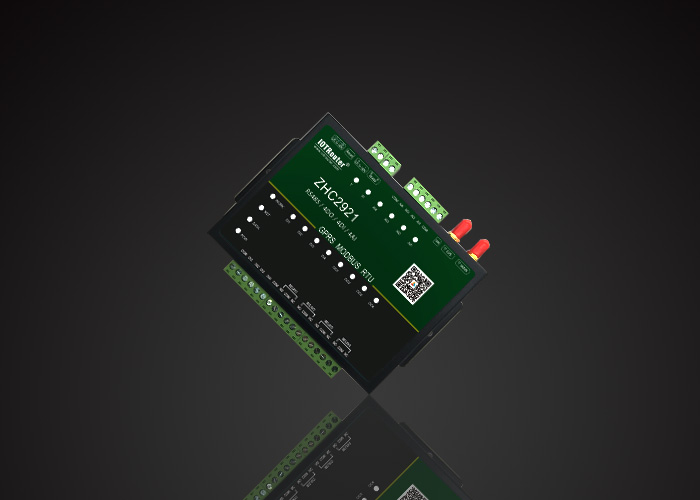DTU is an Internet of Things wireless data terminal that uses public operator networks to provide users with wireless long-distance data transmission functions. It uses high-performance industrial-grade communication processors and industrial-grade wireless modules. The stability of DTU is the primary consideration of many buyers. Only a stable signal can bring better transmission effects. The following article introduces four methods of detecting DTU signals.


1. Online idle test
1. Reason for testing:
Test the DTU’s ability to maintain the established link. When there is no data, the DTU maintains its own connection through heartbeats. The DTU should be able to maintain an average link duration of at least 1 hour without disconnection and reconnection.
2. Test method:
Let the DTU not send any data after connecting to the data center and observe how long it can maintain the link. The longer the better. Near the end of this test, several data packets should be sent to the data center and DTU each to verify that the idle link maintained by the DTU is truly available. If either DTU or the data center cannot receive the other party’s data packets, then as unqualified.
2. Resume testing after data center shutdown
1. Reason for testing:
During the future operation and maintenance of the data center, there will definitely be temporary suspension of services. Therefore, it is necessary to test the DTU’s rapid recovery ability after the data center is restored.
2. Test method:
Let the data center shut down for a short time, such as 1 minute, and then restore the data center to see if the DTU can be connected quickly. The recovery time should be within 5 minutes, the faster the better. Repeat this test multiple times, and the DTU must be 100% restored. Connection, as long as the DTU is unable to restore the connection once, it is deemed unqualified. Using this example, you can judge the quality of the DTU.
3. Frequent two-way small data volume testing
1. Reason for testing:
Test the DTU’s ability to frequently send and receive small data packets, because daily operation mainly involves frequent two-way sending and receiving of small data packets.
2. Test method:
At the data center and DTU end, a data packet of about 100 bytes is sent to the other party every 10 seconds for 10 minutes. At the same time, statistics are collected to see if there is any network disconnection or data packet loss. The best result is: There is no disconnection and reconnection, and no data packets are lost. If the DTU never comes online again after being disconnected, or cannot continue to send and receive data in both directions after going online, it is considered unqualified.
In addition, when testing with a small amount of data, you can observe whether packet loss occurs or data content errors occur. If packet loss occurs frequently or content errors occur, it is deemed unqualified. The serial ports of the DTU can be short-circuited to form a loop test, so that bidirectional testing only needs to be sent from the data center.
4. Two-way big data stress test
1. Reason for testing:
Some applications require the temporary transmission of large amounts of data, so this test is also very necessary.
2. Test method:
At the data center and DTU end, a data packet of about 1,000 bytes is sent to the other party every 2 seconds for 30 minutes, and statistics are collected to determine whether there is a network disconnection and whether there is data packet loss on both sides. Generally speaking, under stress testing, DTU may be disconnected and reconnected, and data packets may also be lost, but the number of disconnected and reconnected times should not exceed 10 times, and the smaller the number, the better. If the DTU cannot come online again after being disconnected, or cannot continue to send and receive data in both directions after going online, it is considered unqualified.
In addition, during the big data stress test, you can observe the data transmission performance indicator. Generally, the speed of DTU data transmission is in the range of 300 to 1500 bytes per second, which is normal, but the faster the transmission performance, the better. If the transmission capability of the DTU is significantly lower than this range, it is deemed unqualified.
Zongheng Intelligent Control’s IOTRouter series DTU complies with standard industrial-grade design, has stable signals, and is resistant to harsh environments. It has a built-in dual watchdog detection mechanism and will never go down.